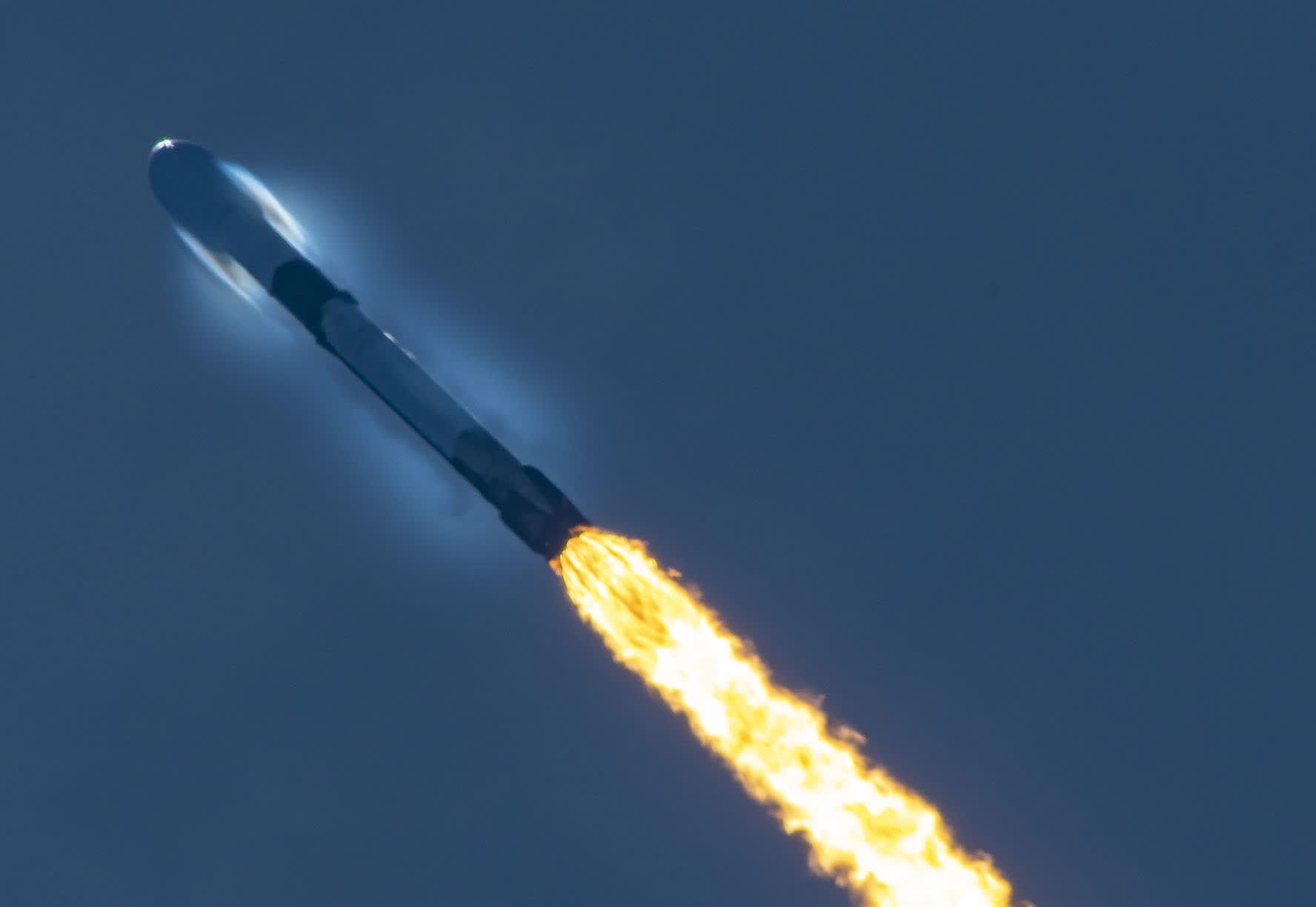Elon Musk’s SpaceX broke its own annual orbital launch record last year, and it’s looking to pick up the blistering pace further in 2022 to an average rate of one per week.
During a meeting of a key NASA agency oversight committee on Thursday, panel member Sandra Magnus revealed that the private company is targeting “an ambitious 52 launch manifest” for 2022.
“That’s an incredible pace,” Magnus, an astronaut and former executive director of the American Institute of Aeronautics and Astronautics, said during the meeting of NASA’s Aerospace Safety Advisory Panel (ASAP).
SpaceX successfully completed 31 launches in 2021, which beat its previous record of 26 launches in 2020. For context, SpaceX represented about a fifth of the world’s successful orbital rocket launches last year – with the company roughly keeping pace with China.
The company is already on a weekly average pace to begin the year, with three successful Falcon 9 launches so far and two more expected before the end of the month. In addition to its Falcon 9 launches, SpaceX also has several Falcon Heavy rockets scheduled for liftoff in 2022.
Magnus did not specify whether SpaceX’s 52 scheduled launches includes test flights of its Starship prototype rockets. Neither ASAP nor SpaceX responded to CNBC’s requests for clarification.
A key piece of SpaceX’s rapid launch rate has been its ability to partially reuse its Falcon 9 and Falcon Heavy vehicles, by landing its rocket boosters and recovering each half of the nosecone after launches.
In addition to cost savings – the company’s leadership has said reusing rockets can bring launches down to below $30 million each, from a typical $60 million to $90 million price tag – SpaceX reuses rockets as a way to increase its launch rate without significantly increasing production. For example, the Falcon 9 booster that SpaceX launched the Transporter-3 mission with earlier this month was reused – for a 10th time in under 20 months since its debut.
SpaceX’s schedule of missions for 2022 includes multiple crewed spaceflight as well, including for NASA. Even as Magnus applauded the company for its pace, she also urged caution and safety.
“Both NASA and SpaceX will have to ensure the appropriate attention and priority are focused on NASA missions, and the right resources are brought to bear to maintain that pace at a safe measure,” Magnus said.
